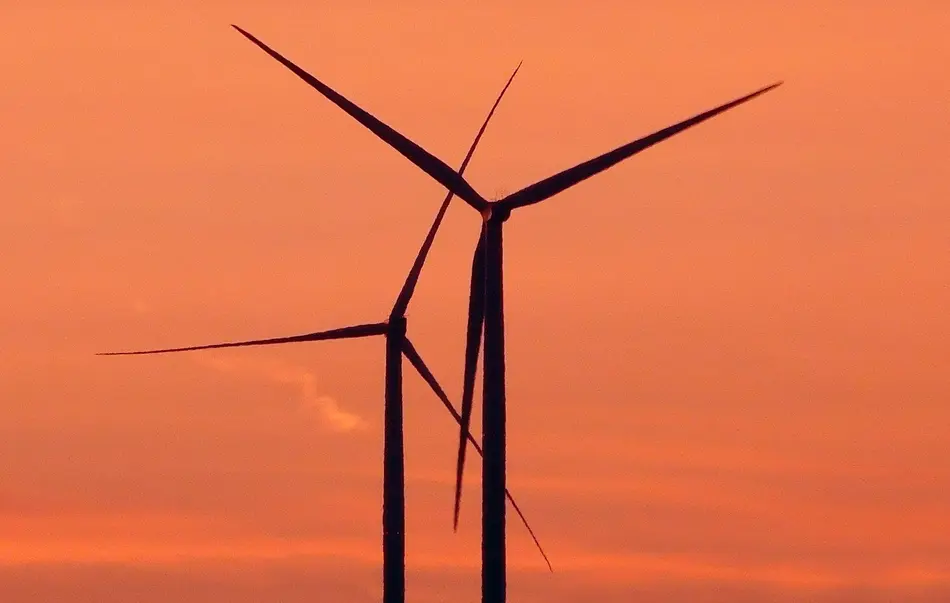What are the alternatives to gas in Europe? Prof. Andreas C. Goldthau contributes to a new IISD report on navigating energy transitions
The window to limit global warming to 1.5°C is narrowing, but it is still possible. In a new report from the International Institute for Sustainable Development, energy experts compare various energy and climate pathways to define how the world can meet the 1.5°C benchmark. Brandt School Professor Andreas C. Goldthau contributed to the report by analyzing the different alternatives to gas in Europe.
Goldthau argues that there are four key elements that are central to alternatives to gas in Europe: a significant demand reduction and increase in gas savings; fuel switch to alternative energy carriers; a strong uptick in investment in renewables and the energy transition; and a change in the EU gas market model, with possible effects for an emerging green hydrogen market. In addition, the report identifies conclusions for policymakers and discusses the expected impact of the war in Ukraine on efforts to meet the 1.5°C benchmark. Read the full report here.

